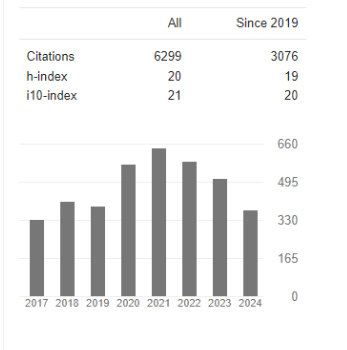Primary Immune Thrombopenia in Adults: About 55 Cases
Abstract
Mouna Guermazi, Chifa Damak, Mouna Snoussi, Faten Frikha, Yossra Bouattour, Mayeda Ben Hamad, Imen Chabchoub, Mariam Ghribi, Raida Ben Salah, Sameh Marzouk and Zouhir Bahloul
Introduction: ITP is an autoimmune cytopenia common in adults. The hemorrhagic risk may involve a vital prognosis. Its management is still poorly codified.
We studied the diagnostic characteristics of ITP and evaluated its therapeutic management and its evolutionary profile in adults.
Materials and Methods: this is a retrospective study of 55 cases of ITP, conducted over 21 years (January 2000 to De- cember 2020).
Results:The average age of patients was 44 years with a clear female predominance (sex ratio 3.5). The circumstance of discovery was fortuitous in 41.8% of cases and following hemorrhagic syndrome in 34.5% of cases. Deep thrombo- cytopenia (< 30,000 el/mm3) was found in 42.8% of cases. The presence of bleeding was correlated with the depth of thrombocytopenia. Antinuclear antibodies were positive in 76% of cases. Corticosteroid therapy was prescribed first-line in 50.9% of patients. A response was obtained in 78.6% of cases. Splenectomy was performed in 12.7% of cases. The response rate was 57.1%. Four patients benefited from rituximab with an initial response observed in all cases. The trend towards chronicity was observed in 78.2% of cases.
Conclusion: ITP is a diagnosis of exclusion. It is mostly moving towards chronicity. Treatment is mainly based on corti- costeroid therapy. Surveillance may be sufficient in the presence of hemostatic platelets. Splenectomy keeps room but is increasingly delayed after the advent of new therapies.




